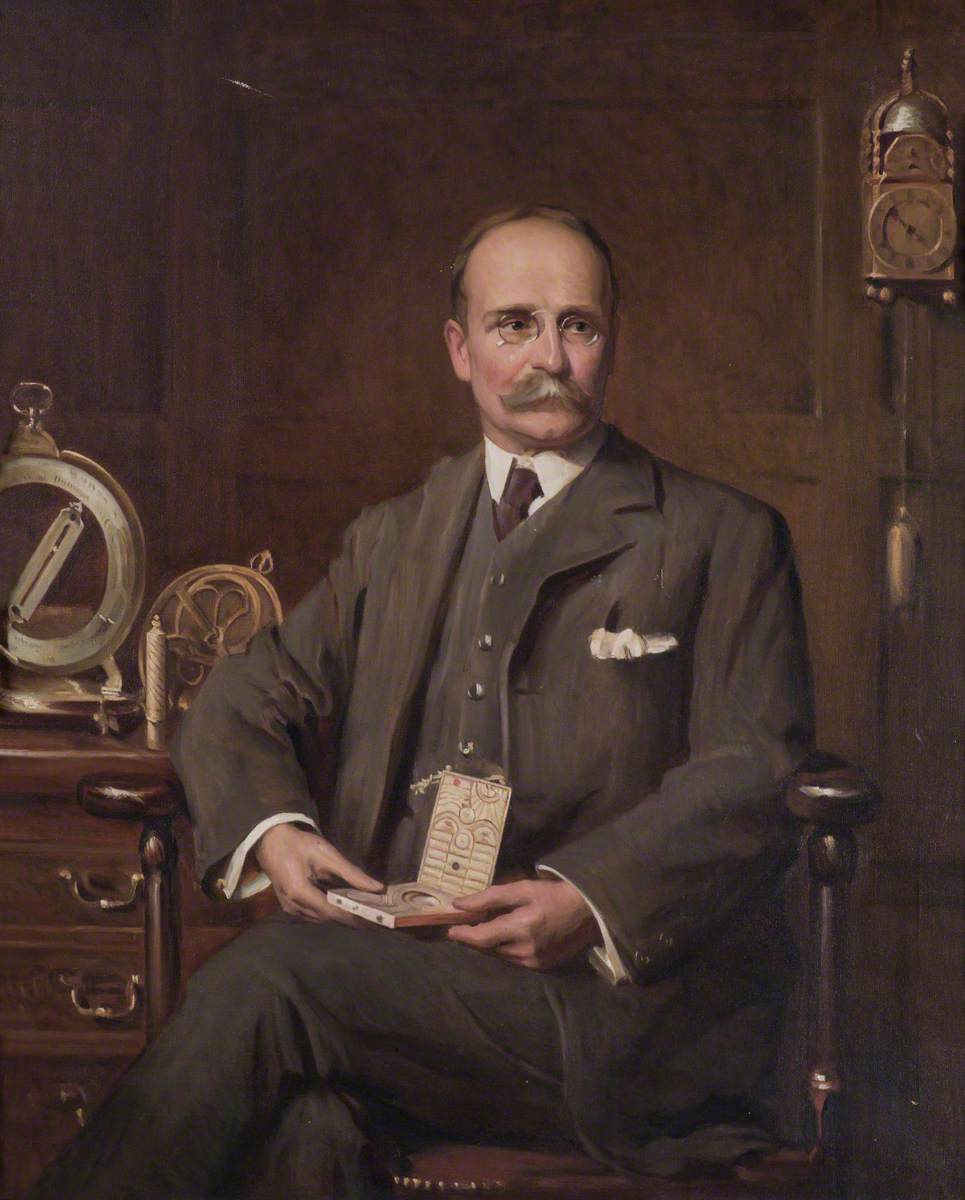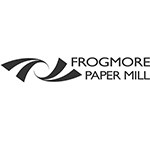How you can use this image
This image is available to be shared and re-used under the terms of the Creative Commons Attribution-NonCommercial-ShareAlike licence (CC BY-NC-SA).
This image can be reproduced in any way but your use of it cannot be for any kind of commercial purpose. Any work you create using this image must also be
Wherever you reproduce the image or an altered version of it, you must attribute the original creators (acknowledge the original artist(s), the person/organisation that took the photograph of the work) and any other stated rights holders.
Review our guidance pages which explain how you can reuse images, how to credit an image and how to find more images in the public domain or with a Creative Commons licence available.
DownloadNotes
Add or edit a note on this artwork that only you can see. You can find notes again by going to the ‘Notes’ section of your account.
Lewis Evans, younger brother of the archaeologist Sir Arthur Evans, was the great-nephew of John Dickinson, founder of the family paper company. Acutely aware of the potential damage of fire to paper mills, in 1883 Evans founded the company Fire Brigade and became its Chief Officer, and was company Chairman, 1912–18. In 1924 he gave his collection of mathematical and navigational instruments, said to be one of the finest in the world, to Oxford University, where it became the basis of what, since 2018, has been the Oxford History of Science Museum (HSM). In recognition, the University made him a Doctor of Science in 1925. The HSM also holds what was originally another version of this portrait until it was cut down, probably after the sitter’s death, and the parts of instruments left in it over-painted as plain background.
A long Art UK Art Detective discussion in 2021 failed to resolve why the present painting, done for the John Dickinson company, should be credited to Philip Homan Miller (1845–1928) but the Oxford one to the better-known society portraitist William Edwards Miller (1851–1940). The only authority yet produced for the former is an illustration credit, also giving the image date as 1910, in ‘The Endless Web’ (1955), the history of the Dickinson company by Dame Joan Evans, Lewis’s much younger half-sister. A further issue is that the photograph used in the book is beyond reasonable doubt not the Dickinson version but the Oxford one, before it was cut down, of which the HSM also holds a photograph showing it in its original form. The simplest explanation, yet to be clarified by direct comparison of the two oils, is that Philip Homan Miller is likely to be an editorial slip, probably not by Dame Joan, and that both versions are by William Miller. If they are by different hands, then one copied the other before the Oxford version was reduced. If the first was painted in 1910, before Evans became Dickinson’s Chairman in 1912, then it is likely to have been done for him– since it showed him as a collector amid some of his historic instruments and was passed down in the family: the original artist is also more likely to have been William Miller, since he too was a notable horological collector and they would certainly have known each other in that capacity. Either William or P. H. Miller (to 1928) could have made a subsequent ‘boardroom’ copy to mark his term as Dickinson’s Chairman but whether the latter was involved at all remains for resolution. At least as first option, a later confusion of names seems more probable.
Title
Lewis Evans (1853–1930), Dickinson Company Chairman (1912–1918)
Medium
oil on canvas
Measurements
H 160 x W 90 cm
Accession number
APT 2621
Acquisition method
transferred from the Boardroom of John Dickinson & Co. Ltd., donated by John Dickinson Stationery Ltd
Work type
Painting
Inscription description
on a plate screwed to the bottom of the frame: LEWIS EVANS 1853–1930 / Company Chairman 1912–1918 / Founder & Chief Officer of the John Dickinson Fire Brigade 1883
Art Detective discussions
Through Art Detective, you can help us to discover more about this artwork. Public collections around the country have many more artworks in need of research. Find out how you can get involved.


